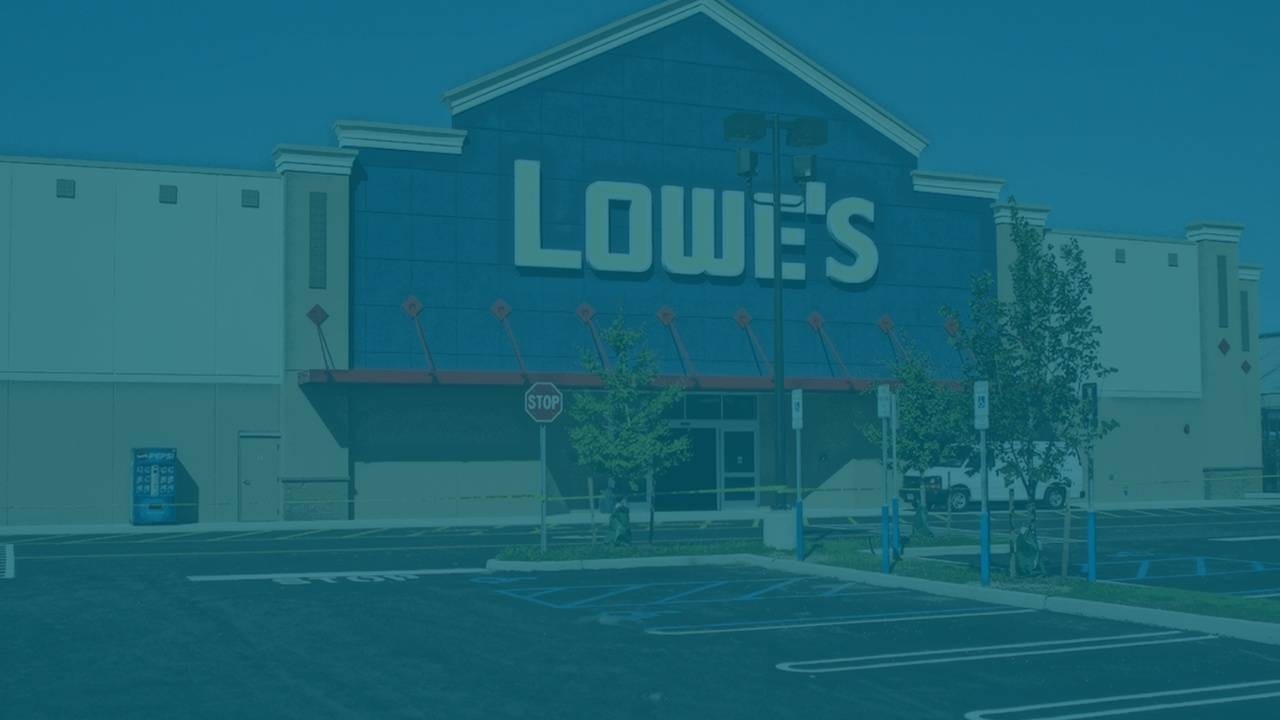
Lowe's: Is Insane Upside Coming?
Dec 07, 2020Ticker: LOW
Rating: Overweight
Price Target: $195
Target Date: 3/2021
Headline:
We strongly believe that the market is undervaluing Lowe's future earnings potential. We also strongly believe that Lowe's can increase their EBITDA margins* (see note below if you'd like us to explain this metric again) to 12%+ next year.
If they are able to do this, then they should be able to see significant upside relative to their current pricing. We therefore are overweight the stock and this is one of our strongest picks in the construction sector (in addition to Home Depot). Our price target is $195 which represents over 30% upside from it's current price!
Details:
As we mentioned above, Lowe's (LOW) is one of our strongest conviction picks in the construction area today! This is in large part due to our forecasts for LOW is 2021 and beyond! Not only do we believe they can increase their EBTIDA margins, as mentioned above, but we also believe the sector at large as macro events coming, that will bode well for companies such as LOW and Home Depot (HD).Firstly, one of the events we believe is coming is a large increase in new home sales. As we've already seen an increase in sales, we forecast an additional 5% increase in home sales because we believe most people have been hesitant to buy new homes given the uncertainty in the economy as well as the ability to continue to work remote post-COVID. Given the end is finally in sight, we believe (based on our economic forecasts) that people will finally bite the bullet and buy homes. This will also compound faster given the age of millennials turning over to typical suburban/rural life and first time purchases. We view this time period similar to 2010-2014 when post recession the same trend occurred.Additionally, we believe that the increase in general savings and depressed interest rates will lead to an increase in spending and especially on home projects and improvements. HD and LOW should both be in a position to capitalize on a majority of these sales given the scale of their operations. We believe this can lead to a short term increase of 10% on demand.
Conclusion:
Using the above, we've factored this into our DCF** (see note below) model and assigned a price target of $195. We strongly believe the market is discounting the possibility of this happening, given the miss of LOW's last earnings report. We are therefore buying the name before the market see's this opportunity and drives the price up!
*EBITDA Margin: EBITDA margin is a measure of a company's operating profit as a percentage of its revenue. The acronym stands for earnings before interest, taxes, depreciation, and amortization. Knowing the EBITDA margin allows for a comparison of one company's real performance to others in its industry. But why is it important? By factoring out these "non-cash" charges, we can get a better idea of a companies true expense and not just the one's they "incur" to lower their taxable earnings. So by using EBITDA instead of Net Income, we can get a more true look at their earnings base! Additionally margins show us how expensive it is to produce revenue! If it costs $90 to make $100 worth of revenue, we can say their margin is 10% ($90/$100 = .1 or 10%). So in the example above, if Lowe's can increase margins to 12% they'll be an industry leader relative to companies they compete with. What that means for us as investors, is Lowe's (at a high level) is more efficient and is a "better" more cost effective business. We love to see businesses that lead their competitors, and therefore will invest in them if we believe they can keep it up!
** DCF - Discounted cash flow (DCF) is a valuation method used to estimate the value of an investment based on its expected future cash flows. DCF analysis attempts to figure out the value of an investment today, based on projections of how much money it will generate in the future. This is because a dollar today is worth more than a dollar tomorrow, given the returns you can generate on it and the inflation in the market. That is why if we believe a stock may take a year or more to generate additional revenue or growth, we need to discount that to current prices to understand if there is a difference in the stock price!

